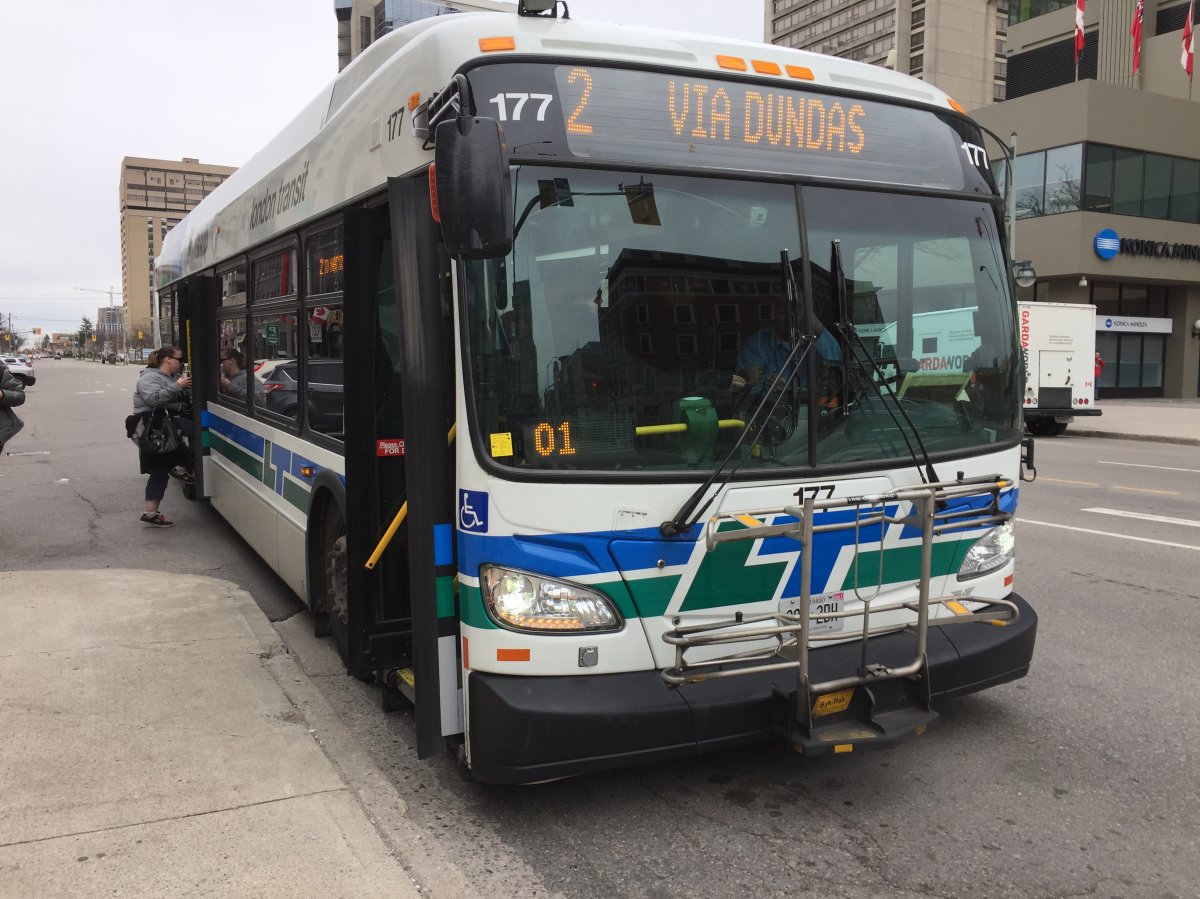The London Transit Commission (LTC) is changing the way it trains its new hires as the London, Ont., bus service looks to stop a rising trend of preventable collisions.

Data on collisions reported to the transit operator over the past four years was presented in a report to London Transit commissioners earlier this week.
It found that 416 collisions were reported to the LTC last year, up from 315 collisions in 2021.
Even when compared with a time period before the onset of the COVID-19 pandemic, which had a massive impact on ridership levels and the number of buses driving through the city, 2022 still had 47 more collisions than the 369 reported in 2019.
The collisions include a wide-variety of incidents that are categorized as preventable and non-preventable.
Non-preventable collisions refer to incidents in which bus drivers had no proactive control over the situation. This might include another driver cutting off a bus dangerously in traffic, or a vehicle ahead of a bus braking suddenly.
Non-preventable collisions accounted for nearly 60 per cent of 2022’s total. Last year also saw the highest amount of non-preventable collisions in the report’s four-year range.
“Approximately 47% of the non-preventable accidents in 2022 were the result of an LTC bus being hit while at a bus stop or sideswiped by another vehicle,” the report said.
Preventable collisions refer to incidents in which bus drivers could have taken an alternative course of action to prevent the collision.
In 2022, about 70 per cent of the 168 preventable collisions reported were “clearance issues.”
LTC general manager Kelly Paleczny says these issues include a mirror clipping a pole while a bus is backing up, or a bus’ bumper striking an object during a tight turn.
“What we know about those types of issues is they’re far more likely to occur with new drivers because you’re getting used to manoeuvring that big vehicle around the city,” Paleczny said.
The report said about 27 per cent of current bus drivers have less than two years’ experience, a result of rapid hiring efforts over the past 18 months.
Prior to 2019, drivers had also required at least 2,000 hours of driving large vehicles like buses before they could be hired. This requirement was eliminated in an effort to reduce driver shortages.
“Further complicating things in 2022 was the nature and extent of the construction projects that we had going on and that virtually all of our routes were on detour, so you had drivers making turns that they weren’t necessarily used to through detours,” Paleczny added.
Changes have already been made in hopes of addressing the issue with the LTC seeking solutions in its five-week training plan for new drivers.
“One of the things we did was amend that training program to have the new recruits spend a little bit more time in that training course working on those clearance-type issues,” Paleczny said.
“Those are the type of things that we’re constantly doing to make sure that our drivers are certainly given all of the tools that they need before they’re out there on their own.”
The report detailed several other updates surrounding the LTC, including the latest data on ridership levels, which plummeted following the onset of the pandemic.
While 2022’s ridership levels are the highest the LTC has seen since the pandemic began, they are still below the pre-pandemic levels recorded in 2019.









Comments